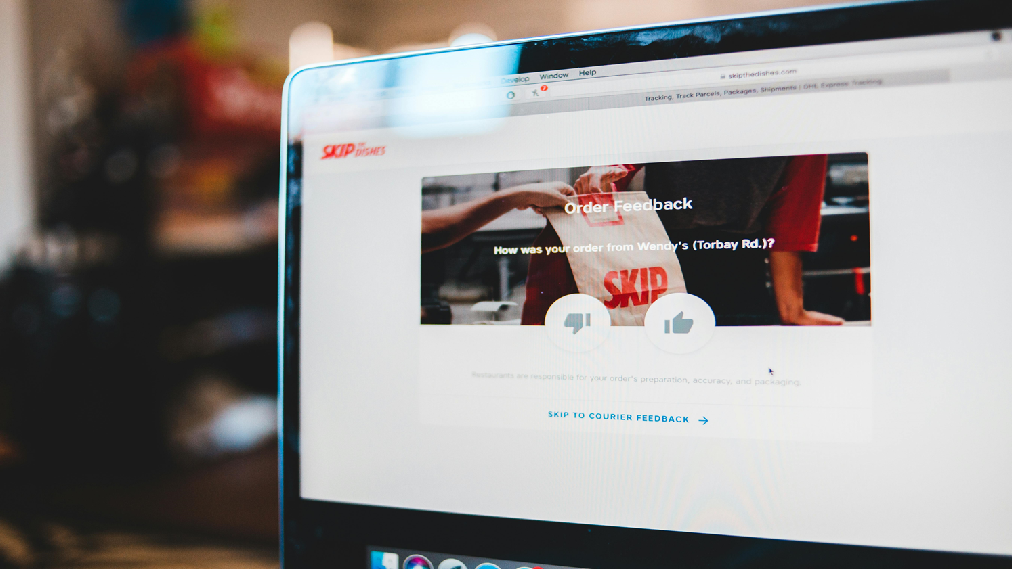Landing Pages and Forms: A Complete Guide to Success
When aiming to convert website visitors into paying customers, employing various strategies is essential. Utilizing forms proves to be an effective method to enhance engagement, and incorporating them into landing pages can significantly boost sales. The synergy of landing pages and forms not only improves the overall user experience (UX) but also increases conversion rates.
Landing page forms serve versatile purposes, from basic data collection to lead generation and even facilitating complete sales transactions. Crafting well-designed landing page forms is crucial for achieving optimal results.
Landing pages play a crucial role in the sales funnel, serving as a pivotal point where visitors transition from mere browsers to potential leads, or, ideally, customers. The design and flow of these pages are critical to preventing visitor bounce rates. Despite seeming like a minor detail, strategically placing a landing page form is a means of establishing a personal connection with potential customers.
Furthermore, having a web form integrated into your landing page serves to guide visitors along a predefined path, preventing them from navigating back to your main site in search of a contact page. Opting for such a backward step is a suboptimal decision in landing page design, as you ideally want your site's visitors to easily find what they need without unnecessary navigation.
We will explore the process of creating an optimal landing page form and discuss the necessary tools for the job. Before delving into the tutorial, let's first understand why forms play a pivotal role on landing pages and how they contribute to improved conversions.
Taking a broader perspective, web forms offer a versatile tool to accomplish various objectives on your website:
i) Collect user feedback: Solicit feedback on your business, products, and services through well-designed web forms.
ii) User Registration: Facilitate user registration for newsletter signups, new accounts, webinar attendance, and more.
iii) Lead Generation: Capture leads by obtaining at least an email address from users interacting with your forms.
Beyond achieving these goals, the structured storage of information obtained through forms, such as email addresses and names, facilitates analysis and reporting. This, in turn, provides valuable insights into understanding your user base.
Implementing the right setup enables you to reduce bounce rates on landing pages that include forms. Additionally, in some scenarios, forms can be used as effective pop-ups to prolong on-site user engagement.
In essence, a landing page form empowers you to control the user experience, determining where to direct users after form completion. To maximize the benefits of your forms, it's essential to employ established best practices.
Effective Practices for an Optimal Landing Page Form

When crafting a landing page form, users generally anticipate specific features that align with common trends observed across a variety of websites. These practices contribute to a better user experience and increased conversion rates.
1. Call To Action (CTA) Buttons
The CTA is a pivotal element of both forms and landing pages, representing an instructive call for visitors to take specific actions. Careful consideration should be given to the verbiage used in CTAs, ensuring alignment with the desired user action.
Making CTAs and associated buttons prominent and visible enhances user motivation. Color theory and contrasts can be employed to draw attention to these elements. A/B testing can help identify the most effective color and placement for optimal conversion rates.
2. Form Placement and Length
The placement of a landing page form can impact its visibility and effectiveness. While above-the-fold placement used to be crucial, responsive displays and mobile browsing have altered this requirement. Consider your layout and place the form in a location that suits your design.
Form length is also a critical factor, with shorter forms offering more placement flexibility. Longer forms may require specific placement to provide context and improve completion rates. Conditional logic can be employed to break down long forms based on user responses.
3. Default Values and 'Free Writing' Fields
Setting default values for form fields can streamline the completion process and provide relevant information. Default values for checkboxes and radio buttons can enhance the user experience. Including 'free writing' fields allows users to provide additional comments or feedback not covered by the form, fostering user engagement and trust. Analyzing recurring feedback from these fields can prompt form revisions for continuous improvement.
4. Advanced Form Functionality
Advanced functionalities, such as conditional logic, play a crucial role in optimizing landing page forms. Conditional logic enables dynamic branching based on user responses, improving the user experience for long forms. Integrating advanced functionalities enhances the form's efficiency and effectiveness in capturing valuable information.
5. Analytics
Regular analysis of form data is essential for understanding user engagement and improving form performance. Metrics such as completion rate, user drop-off points, and question-specific responses provide valuable insights. Analyzing data allows for informed adjustments, refining the form based on user behavior and preferences.
Conclusion
Landing page forms play a crucial role in user interaction, impacting lead generation and overall user engagement. Including well-designed forms on landing pages can significantly reduce bounce rates and increase conversion rates. Choosing the right tool, such as the Tripetto plugin for WordPress, with a blend of essential features ensures a seamless and effective form-building experience.







